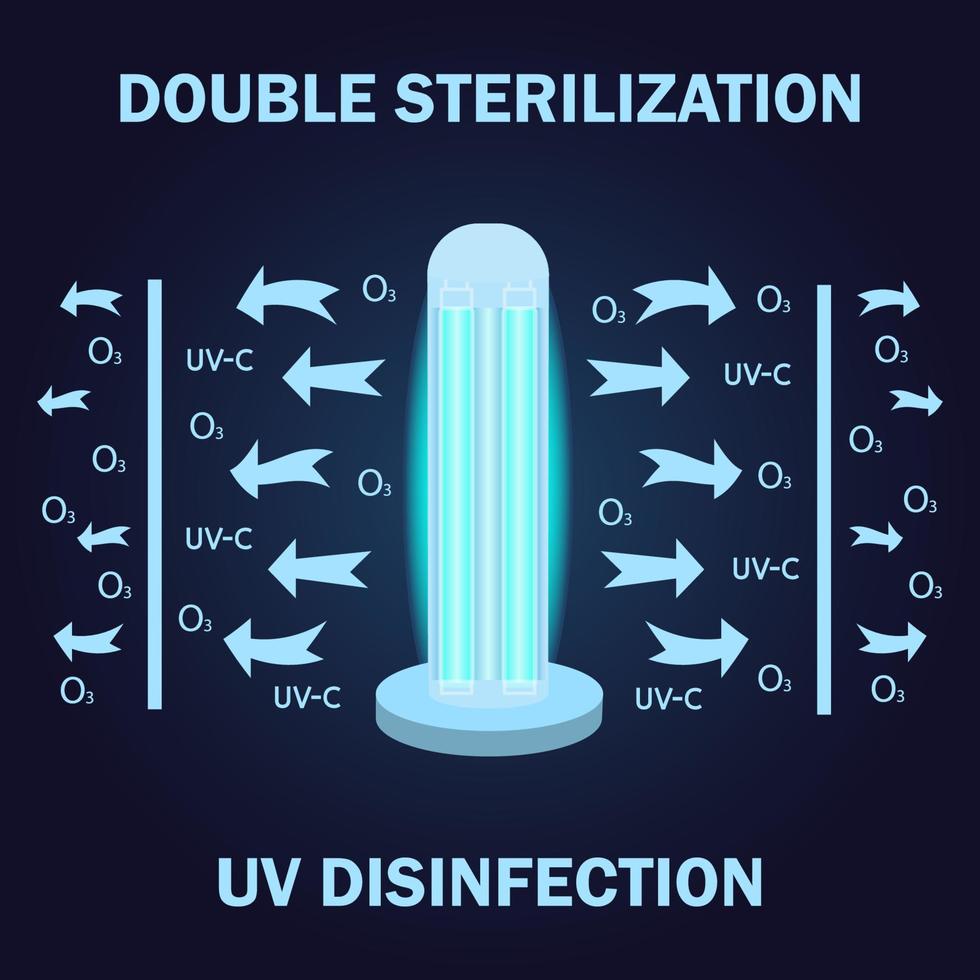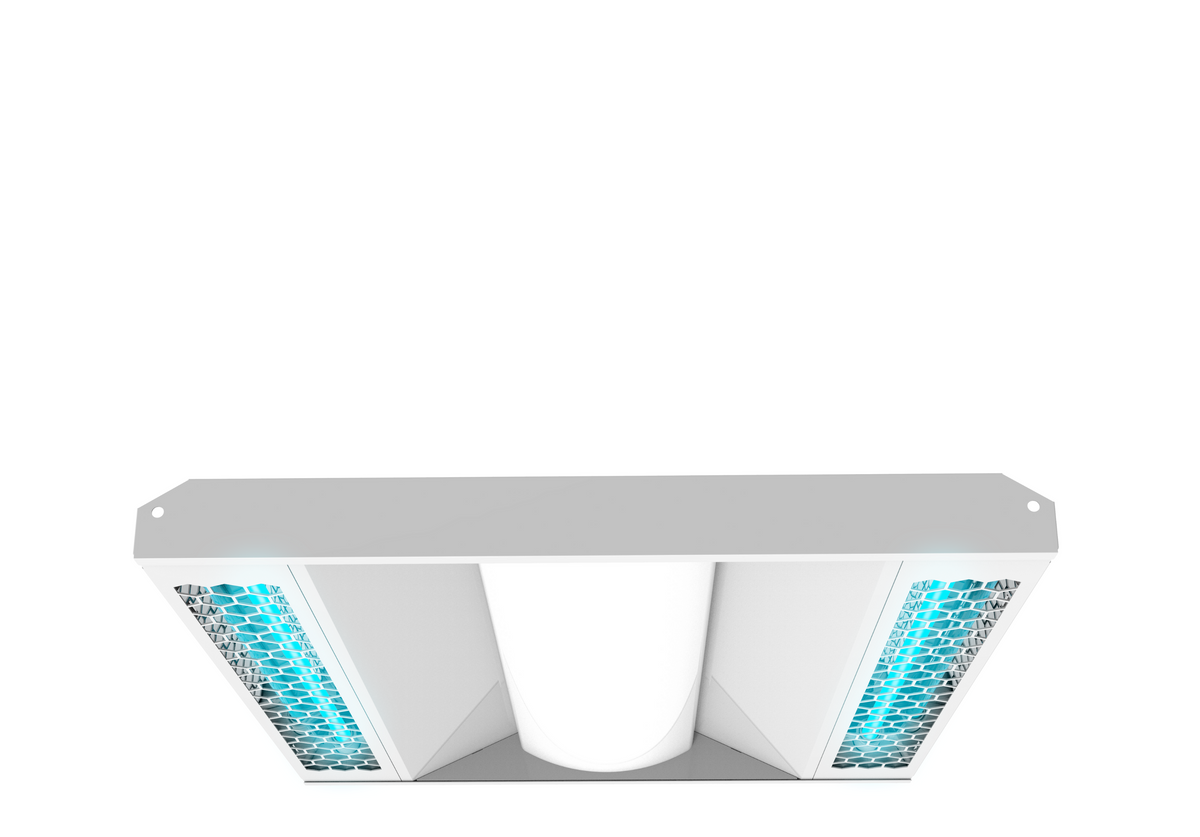Changing Hygiene Requirements: The Role of UV Surface Disinfection in Health and Safety
Wiki Article
UV Disinfection: The Cutting-Edge Technology Changing Sanitation Practices
In the world of cleanliness practices, one technology has become a game-changer: UV disinfection. With its capacity to eradicate unsafe virus, this advanced technology is transforming the way we approach sanitation and health. Just how does UV sanitation work, and what are the benefits it offers? From healthcare settings to food handling, UV disinfection is making its mark in various sectors. In this conversation, we will check out the complexities of this transformative innovation and expect its promising future.Exactly How UV Sanitation Functions
UV sanitation functions by utilizing ultraviolet light to ruin or inactivate microbes, offering a chemical-free and very efficient method of sanitation. This modern technology uses the power of short-wavelength UV-C light, which is capable of damaging the DNA and RNA of microorganisms, hence providing them unable to create and recreate harm.The procedure begins with the installation of UV sanitation systems, which consist of UV lamps that give off UV-C light. These lights are strategically put in areas where microbial contamination is a concern, such as water therapy plants, hospitals, laboratories, and food handling centers.
When microorganisms are exposed to UV-C light, the photons permeate their cell walls and reach the DNA and RNA inside. The high-energy UV-C photons interrupt the genetic product by creating bonds in between adjacent nucleotides, bring about the development of thymine dimers. These dimers prevent the microorganisms from reproducing, providing them safe.
UV sanitation is very effective against a variety of microorganisms, including microorganisms, viruses, and parasites. It is specifically reliable versus waterborne microorganisms like E. coli, Giardia, and Cryptosporidium. UV disinfection is a chemical-free technique, getting rid of the need for potentially damaging disinfectants and minimizing the danger of damaging sanitation by-products.
Benefits of UV Disinfection
UV sanitation offers various benefits in the area of cleanliness, making it an extremely preferred method for properly eliminating dangerous bacteria. Unlike conventional sanitation techniques that rely on chemicals, UV disinfection makes use of ultraviolet light to ruin the DNA of microorganisms, rendering them not able to recreate and trigger infections.
UV sanitation is also highly functional in its applications. It can be utilized in numerous settings, including medical facilities, institutions, food processing facilities, and water treatment plants. UV disinfection systems can be quickly incorporated right into existing cleanliness methods, supplying an extra layer of defense against contagious conditions.
In addition to its efficiency and convenience, UV disinfection is additionally eco friendly. It does not create any type of damaging results or deposits, making it a lasting and risk-free technique for cleanliness - uv surface disinfection. UV sanitation requires minimal maintenance and has a long life-span, resulting in cost financial savings in the long run.
UV Sanitation in Healthcare Settings
In healthcare settings, UV sanitation has actually arised as a groundbreaking technique for efficiently eliminating hazardous bacteria. UV disinfection works by producing ultraviolet light at a certain wavelength that is dangerous to bacteria, viruses, and other microbes.First of all, UV sanitation is a non-chemical method, making it an eco-friendly option compared to traditional disinfection techniques that usually involve using extreme chemicals. The use of UV light removes the demand for chemical anti-bacterials, decreasing the threat of unsafe residue or chemical exposure to both people and health care employees.
In addition, UV disinfection is extremely effective in killing a wide variety of microorganisms, including drug-resistant microorganisms such as MRSA and C. difficile. It gives a reliable and constant disinfection process, guaranteeing that all surface areas and tools are extensively decontaminated, also in hard-to-reach locations.

UV Sanitation in Food Processing
The application of UV sanitation extends beyond healthcare settings and locates substantial worth in the realm of food processing. uv surface disinfection. UV sanitation modern technology is coming to be progressively popular in the food sector as a result of its capacity to properly get rid of damaging microorganisms and improve food safetyOne of the major advantages of UV disinfection in food processing is its ability to target a vast array of bacteria, including germs, molds, and viruses. By utilizing UV light at certain wavelengths, it is possible to interrupt the DNA and RNA of these microorganisms, rendering them not able to replicate or create harm. This innovation can be related to various stages of the food handling chain, consisting of surface sanitation, equipment sanitation, and water treatment.
UV disinfection gives a chemical-free and non-thermal method of disinfecting food items. Unlike conventional sanitation approaches that rely upon chemicals or warmth, UV technology does not leave any deposit or change the taste, texture, or dietary value of the food. This makes it an ideal service for sectors that need stringent adherence to quality standards.
Furthermore, UV sanitation systems are easy to mount and run, needing marginal maintenance. They can be incorporated right into existing handling lines without causing substantial disturbances to the manufacturing process. Furthermore, UV systems have a fast therapy time, permitting continuous processing and minimizing downtime.
The Future of UV Disinfection

One area where UV disinfection is anticipated to make considerable advancements remains in the field of health care. With the rise of antibiotic-resistant microorganisms and the requirement for a lot more effective sanitation methods, UV light has the potential to play a critical function in decreasing healthcare-associated infections. UV disinfection systems can be utilized to decontaminate surfaces, devices, and also the air in medical care centers, helping to avoid the spread of hazardous microorganisms and enhance individual safety.
One more sector that could gain from advancements in UV sanitation modern technology is the food industry. UV light has actually currently proven to be a reliable technique for decontaminating food items and lowering the threat of foodborne diseases. As technology boosts, we can anticipate to see more cost-efficient and effective UV sanitation systems being implemented in food processing plants, making certain that the food we take in is secure and without dangerous bacteria.
Final Thought
In verdict, UV sanitation is an advanced technology that is transforming cleanliness methods in health care setups and food handling. By using UV light to eliminate or shut down microbes, it provides countless benefits such as efficiency, security, and effectiveness. With look at this now recurring innovations in this field, UV sanitation holds excellent potential for the future of cleanliness, providing a reliable and sustainable solution for keeping tidy and hygienic atmospheres.UV sanitation is a chemical-free method, eliminating the need for potentially hazardous disinfectants and reducing the danger of unsafe disinfection spin-offs.
Unlike typical disinfection techniques that depend on chemicals, UV sanitation utilizes ultraviolet light to ruin the DNA of microbes, providing them unable to reproduce and trigger infections. Unlike standard sanitation methods that count on chemicals or heat, UV innovation does not leave any type of deposit or modify the taste, texture, or dietary worth of the food. As technology enhances, we can anticipate to see extra cost-effective and reliable UV sanitation systems being implemented in food handling plants, making sure that the food we take in is safe and complimentary from dangerous microorganisms.
In verdict, UV disinfection why not try here is a cutting-edge technology that is transforming sanitation techniques in healthcare settings and food handling.
Report this wiki page